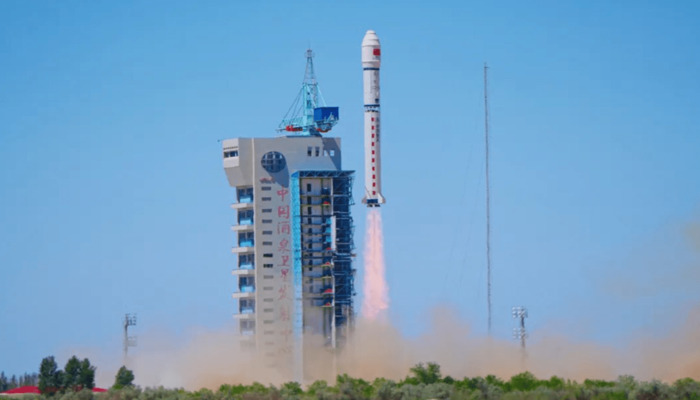
China has made the first step towards establishing a potent space-based AI supercomputer through the launch of 12 satellites into space.
The satellites are part of an ambitious plan to have a network of 2,800 AI satellites. The ambition is to process vast amounts of data within space, free from Earth-based computers.
China's AI satellites
The project, undertaken by ADA Space in collaboration with Zhijiang Laboratory and Neijang High-Tech Zone, is named the Star Compute Programme.
Every one of the 12 satellites carries an 8-billion-parameter AI model and can execute 744 trillion operations per second.
Together, they are able to handle 5 peta operations per second (POPS), much more than what personal AI tools today require.
However, China aims to scale this up to 1,000 POPS by launching additional satellites in orbit.
These satellites use laser communication to communicate with one another at speeds of up to 100 Gbps. They also have scientific equipment such as an X-ray detector to research phenomena such as gamma-ray bursts.
What is unique about this mission is that it processes and stores data within space, something which bypasses delays and capacities of returning data to Earth.
Experts say this could cut the digital carbon footprint, as space data centres can be powered by solar energy and vent heat into space.
Space historian Jonathan McDowell says that the US and Europe are also likely to join in soon.















